What Is A Drone Light Show?
Drone light shows have emerged as a captivating and innovative form of entertainment, blending technology, art, and creativity to produce mesmerizing visual spectacles. These shows utilize fleets of drones equipped with LED lights to create intricate patterns, animations, and even complex narratives in the night sky. As this technology continues to evolve, it is transforming the way we experience large-scale events, celebrations, and public gatherings. In this article, we will delve into the intricacies of drone light shows, exploring their history, technology, applications, and the future potential of this fascinating medium.
The Evolution of Drone Light Shows

The concept of using drones for light shows is relatively new, with the first significant public displays occurring in the early 2010s. Initially, drones were primarily used for military and industrial purposes, but as the technology became more accessible and affordable, creative minds began to explore their potential for entertainment. The first major breakthrough came in 2012 when a team from Ars Electronica Futurelab and Ascending Technologies created a synchronized drone light show for the Linz Klangwolke event in Austria. This pioneering effort demonstrated the potential of drones to create dynamic and visually stunning displays.
Since then, drone light shows have evolved rapidly, with advancements in drone technology, software, and LED lighting systems. Companies like Intel and EHang have pushed the boundaries of what is possible, setting world records for the number of drones used in a single show and creating increasingly complex and awe-inspiring displays.
How Drone Light Shows Work
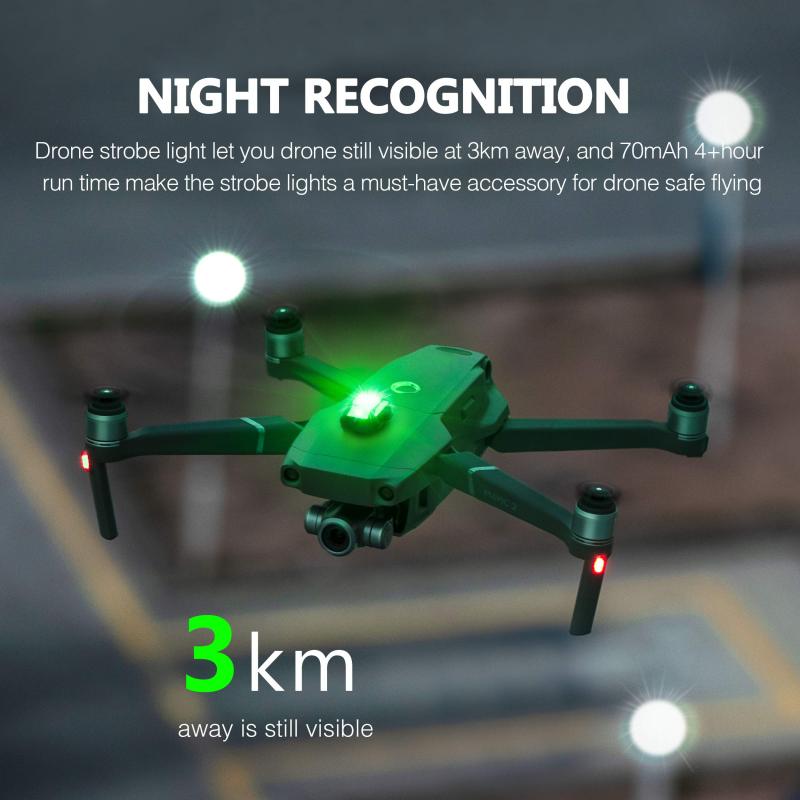
At the heart of a drone light show is a fleet of drones, each equipped with LED lights that can change color and intensity. These drones are controlled by a central computer system that uses sophisticated algorithms to coordinate their movements and light patterns. Here is a step-by-step breakdown of how a typical drone light show is orchestrated:
1. Design and Planning: The process begins with the design of the show, which involves creating a storyboard or script that outlines the desired visual effects and animations. This design is then translated into a digital 3D model, which serves as a blueprint for the drone choreography.
2. Programming: Using specialized software, the 3D model is converted into flight paths and light sequences for each drone. This involves precise calculations to ensure that the drones move in perfect synchronization and avoid collisions.
3. Testing: Before the actual show, the program is tested in a controlled environment to identify and resolve any potential issues. This may involve running simulations or conducting small-scale test flights.
4. Execution: On the day of the show, the drones are launched and controlled by the central computer system. GPS and other sensors are used to track the position of each drone and ensure accurate execution of the programmed choreography.
5. Safety and Compliance: Safety is a critical consideration in drone light shows. Operators must comply with local regulations and obtain necessary permits. Additionally, contingency plans are in place to handle any technical malfunctions or adverse weather conditions.
Applications of Drone Light Shows
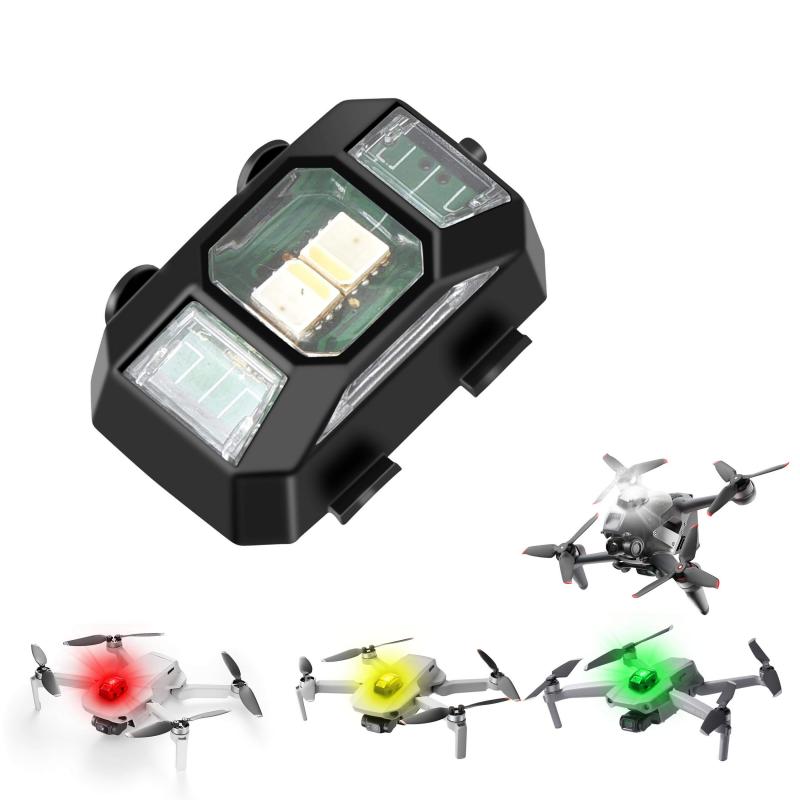
Drone light shows have a wide range of applications, making them a versatile and appealing option for various events and purposes. Some of the most common applications include:
1. Public Celebrations: Drone light shows are increasingly being used for public celebrations such as national holidays, New Year's Eve, and other significant events. They offer a modern alternative to traditional fireworks, providing a safer and more environmentally friendly option.
2. Corporate Events: Companies are leveraging drone light shows to create memorable experiences at product launches, conferences, and other corporate events. These shows can be customized to incorporate branding elements and convey specific messages.
3. Entertainment and Art: Artists and performers are exploring the creative potential of drone light shows to enhance concerts, theater productions, and other live performances. The ability to create dynamic and interactive visuals adds a new dimension to artistic expression.
4. Advertising and Marketing: Drone light shows are being used as a novel form of advertising, capturing the attention of large audiences and generating buzz on social media. Brands can create unique and engaging campaigns that stand out from traditional advertising methods.
5. Commemorative Events: Drone light shows are also used to commemorate significant historical events, anniversaries, and other milestones. They provide a powerful and visually striking way to honor and remember important moments.
The Future of Drone Light Shows
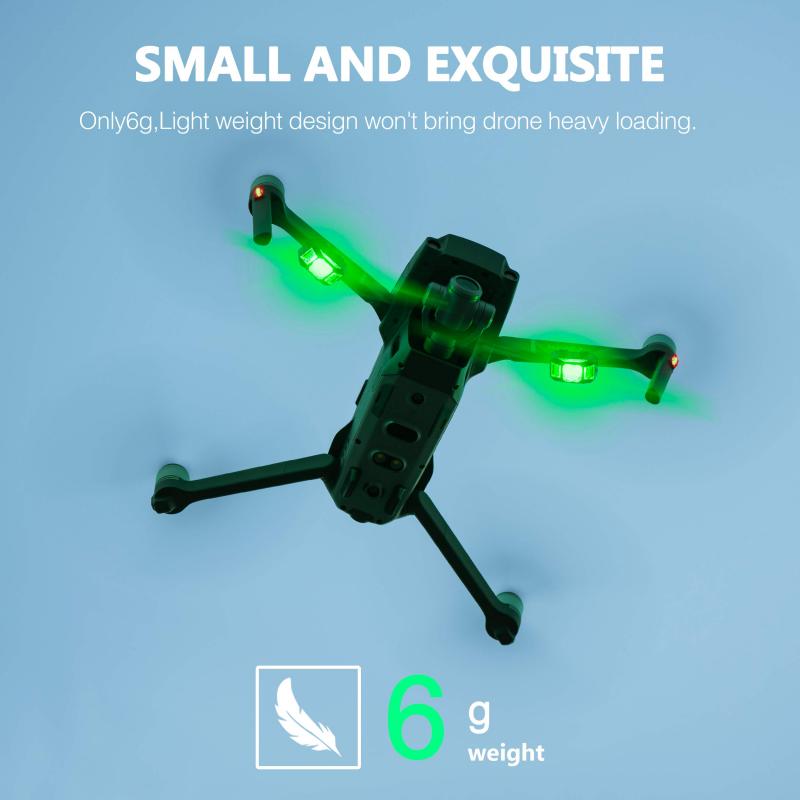
As technology continues to advance, the future of drone light shows looks incredibly promising. Here are some trends and developments to watch for:
1. Increased Complexity and Creativity: As software and hardware improve, we can expect to see even more complex and creative drone light shows. This includes more intricate animations, higher resolution visuals, and greater interactivity.
2. Integration with Other Technologies: Drone light shows are likely to be integrated with other emerging technologies such as augmented reality (AR) and virtual reality (VR). This could create immersive experiences where audiences can interact with the drones and the visuals in real-time.
3. Sustainability and Environmental Impact: With growing awareness of environmental issues, drone light shows offer a sustainable alternative to traditional fireworks. They produce no harmful emissions and can be reused for multiple shows, reducing waste.
4. Accessibility and Affordability: As the cost of drone technology continues to decrease, drone light shows will become more accessible to a wider range of events and organizations. This democratization of the technology will lead to more widespread adoption and innovation.
5. Regulatory Developments: As drone light shows become more common, regulatory frameworks will continue to evolve to ensure safety and compliance. This includes the development of standardized guidelines and best practices for operators.
Drone light shows represent a fascinating intersection of technology, art, and entertainment. They have the power to transform the way we experience events and celebrations, offering a modern and sustainable alternative to traditional forms of visual spectacle. As the technology continues to evolve, we can look forward to even more innovative and awe-inspiring displays that push the boundaries of creativity and imagination. Whether you are a spectator, event organizer, or technology enthusiast, drone light shows are a testament to the incredible potential of human ingenuity and the endless possibilities of the future.



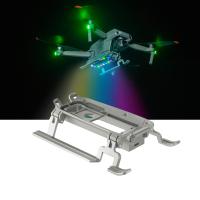


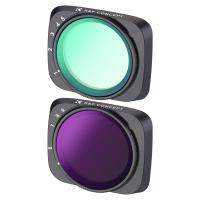
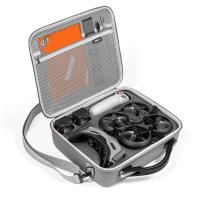
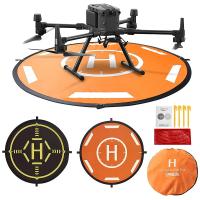
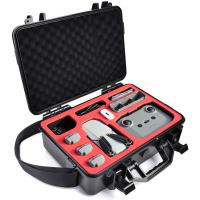
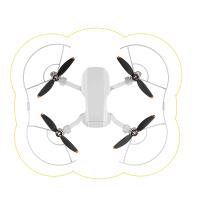
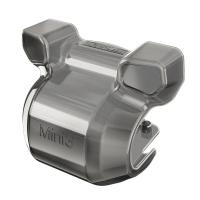
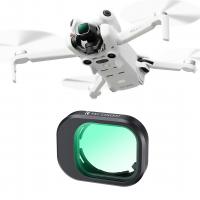
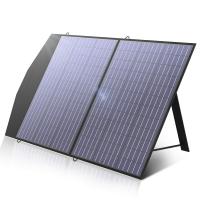
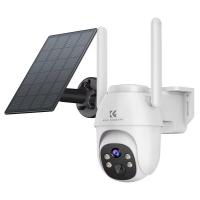












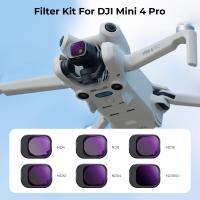
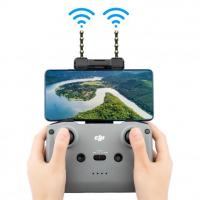



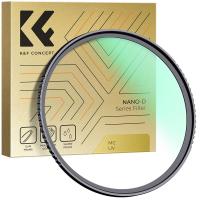



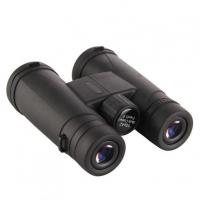
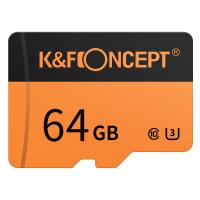
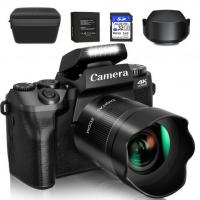

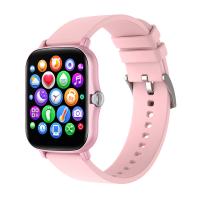
There are no comments for this blog.